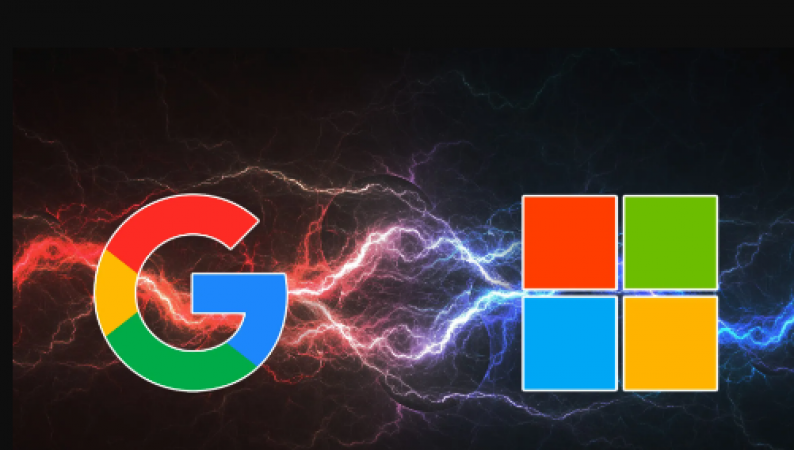
USA: The generative AI race may not have started off well for Google. It is now lagging behind OpenAI. But did you know that Google deserves credit for OpenAI's success?
This AI race might not have taken place without Google's Transformer architecture. Transformer architecture was first introduced in a 2017 paper by a few Google Brain scientists. What are these researchers working on now?
One of the most significant developments in natural language processing (NLP) over the past ten years has been the development of transformer architecture.
Also Read: The James Webb Telescope findings could completely refute what we currently know about the Big Bang
It serves as the basis for the majority of the top AI models currently in use. We can see the Transformer architecture behind GPT-4, LaMDA, or PaLM. Its high stability and optimizability will cause a paradigm shift in the field of AI.
The paper that revolutionised AI research and development is titled "Attention Is All You Need". Ashish Vaswani, Noam Shazeer, Niki Parmar, Jakob Uszekoreit, Lilian Jones, Aidan N. Gomez, Lukasz Kaiser, and Illia Polosukhin are the authors of the study.
The majority of these authors are not currently employed by Google. In actuality, seven of them quit their jobs.
One of the primary minds behind the Transformer architecture was Vaswani. He received his degree from the University of South Carolina, and from 2016 to 2021 he worked as a staff research scientist at Google Brain.
He left Google in 2021 to found the ML research and product lab Adept AI Labs. The sole female member of the Transformer team, Niki Parmar, co-founded Adept with Vaswani.
So far, Adept has raised more than $400 million. The business is worth more than $1 billion. Parmar served as the chief technology officer, and Vaswani served as the chief scientist. Strangely, neither of them is currently employed by the business.
In November 2022, both left Adept. They co-founded a covert start-up in December. But our knowledge of it is limited.
Vaswani and Parmar left Google, and Shazeer did too in 2021. He worked there for more than twenty years. He co-founded Character in 2021.AI with Daniel De Freitas, a former Google engineer colleague. So far, the company has raised about $200 million.
There are about 20 employees at the company. Character.A chatbot powered by a neural language model is called AI.
Uszkoreit is a co-founder of a business developing biological software. Many people credit Uszekoreit with discovering or creating the Transformer architecture. In 2021, he also left Google after working there for more than 13 years.
He helped found Inceptive in July 2021, a business that uses neural networks to create the RNA molecules of the future.
So far, the business has raised $20 million.
Out of the eight authors, only one is still employed by Google. He was responsible for the paper's heading. In 2019, Gomez left Google. He established Cohere, a business that offers API access to LLMs and NLP tools, in the same year. So far, it has raised about $400 million. Gomez also serves as Cohere's CEO.
Also Read: Now that a song is playing, YouTube Music automatically tracks the lyrics
Kaiser left Google in 2021 to work for the opposition OpenAI. He contributed to the development of TensorFlow, Google's open-source machine learning platform.
The same year the paper was published, 2017, Polosukhin left Google. In 2017, he co-founded the high-performance blockchain NEAR Protocol. The company has raised $375 million and is currently valued at $2 billion.